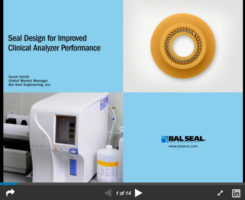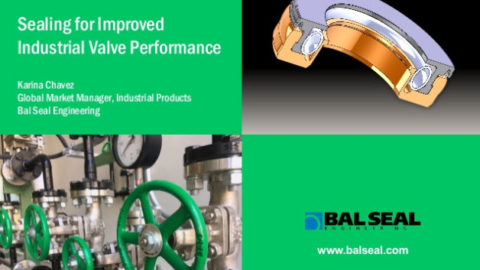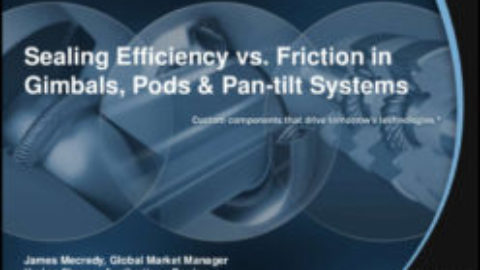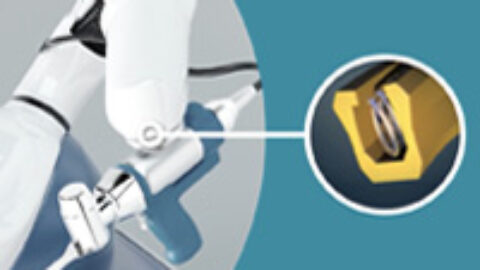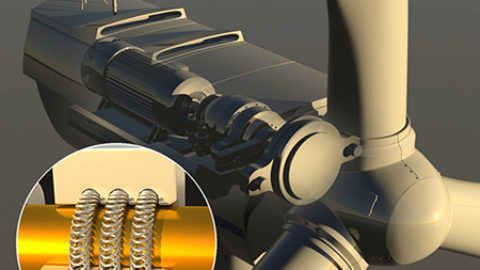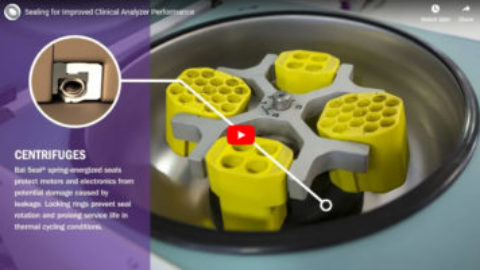Designing clinical chemistry analyzers that deliver consistent, long-term service, efficiency, and accuracy is one tough job. But choosing the right seal can make it a lot easier.
That’s why we’ve prepared the short presentation below. It examines the relationship between seal selection and the performance of hematology, urinalysis, and other analyzer types. Additionally, it addresses important design criteria and suggests some ways to avoid common sealing mistakes that may be costing you time, money, and market share.
Clinical Chemistry Analyzer Design Challenges
When designing a clinical analyzer, it’s essential to make sure that your application does not leak. Hardware misalignment creates more wear on one side of the seal, resulting in rapid leakage. Leaking can be costly, so it helps to be proactive and make sure your design is leakproof from the start.
Other major design challenges that should be considered when designing a clinical analyzer include:
- Seal life: Housing without surface treatment results in rapid wear which reduces seal life.
- Crystallization: Hardware misalignment, large hardware tolerances, and marginal seal designs allow reagent or saline to weep under the seal inner diameter lip, which allows salt crystals to form. The dynamic seal lip will reciprocate over the crystals, which result in scratches on the inner diameter of the seal. Over time, these scratches become leak paths, causing inaccurate dispensing of reagent.
How to Prevent Chemistry Analyzer Leaks with Seals
Seal design plays a major role in preventing reagent from leaking behind the seal. Seal failure can adversely impact pump accuracy, precision, and linearity.
Therefore, seal designs for diagnostic analyzers must:
- Mediate friction and sealing effectiveness to guard against salty reagent leakage
- Consistently maintain reagent pressure for 1,000,000+ cycles
- Prevent salt crystals from forming behind the seal to prolong seal life
- Minimize particle generation shedding to reduce process contamination
- Have low speed reciprocation
- Have low friction
- Utilize FDA compliant materials for biocompatibility
To eliminate costly mistakes and delays when designing a pump for your diagnostic analyzer, consider sealing requirements as a major factor in overall design.
The sealing experts at Bal Seal Engineering can help custom design a seal that meets all your application requirements, produce high-quality prototypes, test, and scale up to full production.
To get started, click here to submit a design request form.
